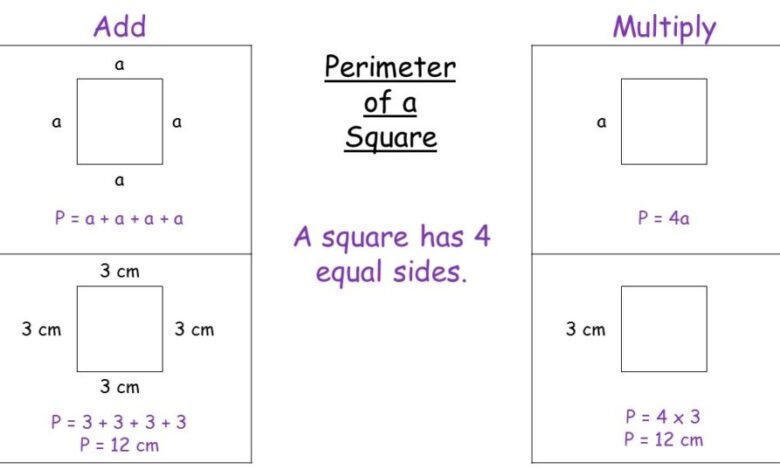How To Find Perimeter: A Comprehensive Guide on How to Find the Perimeter

The perimeter of a shape is fundamentally the total length of its outer boundaries. It’s a measurement that is as practical in everyday life as it is crucial in various fields of science, engineering, and mathematics. When one embarks on the journey to understand how to find the perimeter, they are not just learning a mathematical formula; they are unlocking the door to a deeper comprehension of the space and structure that surround us.
The Basics: Defining Perimeter
At its core, the perimeter is a concept that applies to two-dimensional shapes. Whether it’s a simple figure like a square or rectangle, or a more complex shape like a polygon, the perimeter gives us the total length around the shape. It’s important to note that while the concept of perimeter is straightforward, the methods of calculating it vary depending on the shape in question.
The Path to Calculating Perimeter
Rectangles and Squares: The Foundation
Let’s start with the simplest of shapes: rectangles and squares. The formula for finding the perimeter of a rectangle is
�=2(�+�)
P=2(l+w), where
�
P stands for perimeter,
�
l is the length, and
�
w is the width. This formula is a direct application of the definition of perimeter, summing the lengths of all sides. For a square, since all sides are equal, the formula simplifies to
�=4�
P=4s, where
�
s is the length of one side. These foundational formulas are not just mathematical expressions but tools that help us understand and navigate the spaces we occupy.
Circles: A Different Approach
When it comes to circles, the concept of perimeter takes a unique form known as the circumference. The formula here shifts to
�=2��
C=2πr or
�=��
C=πd, with
�
r being the radius and
�
d the diameter of the circle. This distinction is crucial in highlighting the diverse nature of geometric figures and the ways to approach them. The circle, with its constant curvature, introduces the constant
�
π (approximately 3.14159), a fundamental element in the exploration of geometric spaces.
Polygons: Embracing Complexity
Polygons, with their multiple sides, bring complexity into the perimeter calculation. For regular polygons (shapes with all sides and angles equal), the perimeter can be found by multiplying the length of one side by the total number of sides (
�=��
P=ns, where
�
n is the number of sides, and
�
s is the length of one side). This formula showcases the beauty of symmetry and uniformity in geometric figures. For irregular polygons, the approach is more hands-on: one must measure and sum the lengths of all sides, embodying the very definition of perimeter.
Practical Applications: Beyond the Classroom
Understanding how to find the perimeter transcends academic knowledge; it’s a skill with practical applications in real life. From architects planning the layout of a building to gardeners outlining the border of a garden, the calculation of perimeter plays a pivotal role. It’s in the design of sports tracks, the creation of art, and even in the planning of events. This widespread applicability underscores the importance of grasping this fundamental concept.
Navigating Challenges: Tips and Tricks
While calculating perimeter is generally straightforward, challenges can arise, especially with irregular shapes or when exact measurements are difficult to obtain. In such cases, approximation techniques and the use of geometric principles can be invaluable. For instance, breaking down a complex shape into simpler, measurable parts can simplify the process. Moreover, leveraging technology, such as digital measurement tools and software, can enhance accuracy and efficiency in calculating perimeters.
Conclusion: The Perimeter’s Place in Our World
In conclusion, the journey to understanding how to find the perimeter is more than a mathematical endeavor; it is a voyage into the understanding of space and structure. Whether it’s through the simple lines of a rectangle or the complex edges of a polygon, the concept of perimeter helps us make sense of the world around us. As we navigate through various applications and challenges, the knowledge of how to calculate perimeter remains an indispensable tool in our intellectual toolkit. Through this exploration, we not only learn about geometric figures but also about the principles that govern the spaces we live in and interact with daily.
Read Also: How to Cook Spaghetti Squash




